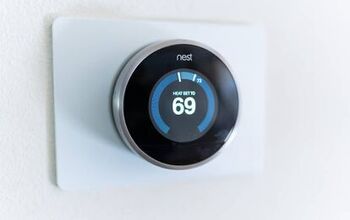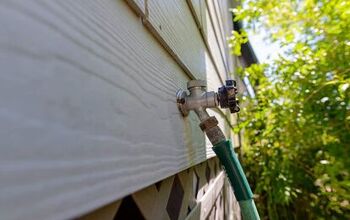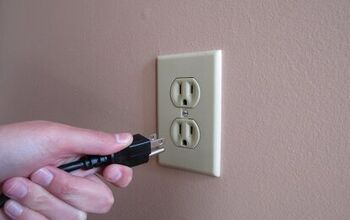How Long After Putting Chlorine In A Pool Can You Swim? (Find Out Now!)

It is hard to resist the urge to get in the pool right after you add chlorine. There is nothing like the smell of chlorine that makes you want to spend a day in the sun and water. So, how long after putting chlorine in a pool can you swim?
You can swim within 20-60 minutes after putting chlorine in the pool if the level is at 5ppm. It is safe to swim while chlorine is in the pool if you use tablets and a feeder. However, you may need to wait up to 24 hours to swim if you add chlorine shock to the pool because of the high concentration.
Always test the water with a strip before you swim after putting chlorine in a pool. This can help you avoid skin and eye irritation as well as respiratory problems. Follow along as we explore when it is safe to swim after putting chlorine in a pool.
Do You a Need Pool, Spa, or Hot Tub Contractor?
Get free, zero-commitment quotes from pro contractors near you.

How Long After Putting Chlorine In A Pool Can You Swim?
Wait at least 20-60 minutes to swim after putting chlorine in the pool. The wait time varies based on how much and what type of chlorine you put in the pool. For example, you may need to shock the pool and put in excess chlorine if the water is in bad shape.
You will want to wait 3-4 hours to get in the pool in that case to avoid skin and eye irritation. It is harmful to ingest chlorine and breathe it into your lungs which is the biggest risk factor. Don’t get back in the pool until you determine how long you should wait based on the type of chlorine you use.
Tablets
You don’t need to wait to get in the pool if you put chlorine tablets in the water. Chlorine tablets typically go in a pool feeder which allows the puck to slowly dissolve. This makes it so that you don’t release a high concentration of chlorine into the water all at once.
You should still avoid close contact with the chlorine feeder because the concentration will be stronger near it. Never put more chlorine tablets in the pool than recommended or you will over chlorinate the water. It is safe to remove a chlorine tablet feeder from the water once the chlorine reaches the appropriate level.
Granular and Liquid
Granular and liquid chlorine work similarly and are much stronger than tablets. You may need to wait up to 4 hours after putting liquid chlorine in a pool before you can swim. It takes much longer for the chlorine to reach a safe 5ppm level if you have a small pool.
Large pools generally become safe to swim in more quickly when you use granular or liquid chlorine. Both granular and liquid chlorine immediately infuse the pool with a high level of the chemical. This is great if you want to treat your pool, but inconvenient if you want to swim right away.
Shock
Pool shock typically contains high levels of chlorine meant to raise and balance the level quickly. Homeowners use shock either right when they open a pool or to eliminate pesky contaminants. You may not be able to swim for up to 24 hours after you put the shock in the pool.
Continually test the water after you shock the pool until you notice that the chlorine is at 5ppm. Otherwise, the chlorine level will be too high and you risk injury or irritation. Luckily, you can find non-chlorine pool shocks now that can eliminate algae without adding too much chlorine.
Too Much Chlorine in Pool
Too much of a good thing can be dangerous, and that applies to chlorine. Chlorine can irritate the skin, eyes, and lungs in low or high concentrations. Even low doses of chlorine can discolor a person’s hair or cause a rash from swimming for several hours.
A high concentration of chlorine is dangerous, especially if you have an existing respiratory illness. Swimmers with asthma are likely to experience lung irritation which can prove dangerous. You risk lung inflammation and irritation without asthma when you add too much chlorine to a pool.
Chlorine increases the acidity in a swimming pool in high concentrations. Add more water to the pool and let it sit in the sun to dilute the level of chlorine. You can also pour a non-chlorine shock into the water to balance it out if there is too much chlorine.
Do’s and Don’ts for cleaning your pool
- Don’t throw pool tablets or chlorine granules directly into your pool
- Do check your chlorine level at least twice a week.
- Don’t mix chlorine types (or even store them close together!) as this could be deadly.
- Do check your water balance after you add chlorine before getting in the water.
- Don’t add chlorine directly to the skimmer basket.
- Do wait 24 hours after a pool (of any size) has been shocked before you swim.
- Don’t allow children to hold on to or play with the chlorine pool floater.
- Do keep your chlorine level between 1ppm and 3 ppm.
Related Questions
Can I Put Chlorine Tablets in My Skimmer Basket?
While you may hear different answers to this question, it is not a good idea to add chlorine tablets to your skimmer. While this does keep chlorine safely away from swimmers, the high concentration of chlorine in this essential area can erode and damage your pool’s equipment in the long run. An in-line chlorinator or a floating pool chlorinator are much better options for safely dissolving your chlorine tablets.
What is a chlorine lock?
If there is too much cyanuric acid in your pool this can lead to something called chlorine lock. Chlorine lock means that however much chlorine you add, it has no effect on your pool This can happen if you are adding too much stabilizer or conditioner to your pool or if your pH is out of balance. Your pool may need to be partially drained and refilled to remedy this problem.
If I use chlorine tablets, do I still need to shock my pool?
Yes, you need both. Shocking your pool is essentially adding a high dose of chlorine to quickly raise chlorine levels. This is a deep clean to kill off any bacteria and algae present in the water. Most pool experts recommend shocking a residential pool every week, or at least, every 2 weeks. Chlorine tablets help to maintain clean water on a day-to-day basis.
Do You a Need Pool, Spa, or Hot Tub Contractor?
Get free, zero-commitment quotes from pro contractors near you.

Summing It Up
When your chlorine level is kept at the proper ratio, you can jump in the water confident that your water is clean. If your chlorine level drops below 1ppm, you know it is time to treat your water. With chlorine granules or liquid chlorine, you should generally wait 4 hours before going back in for a swim.
However, if you use tablets in a floating pool chlorinator, you may not need to wait at all! To make sure your water is safe for swimming, always test your chlorine level before you get back in the pool.
Related Guides

Alex Praytor is a native Texan who got her degree in English Literature and decided to travel the globe. She finds the architecture and design of homes across cultures fascinating. In her spare time, she visits coffee shops with her family and creates projects for their own home. Alex enjoys sharing tips on how to keep repairs up to date while turning a house into a home.
More by Alex Praytor



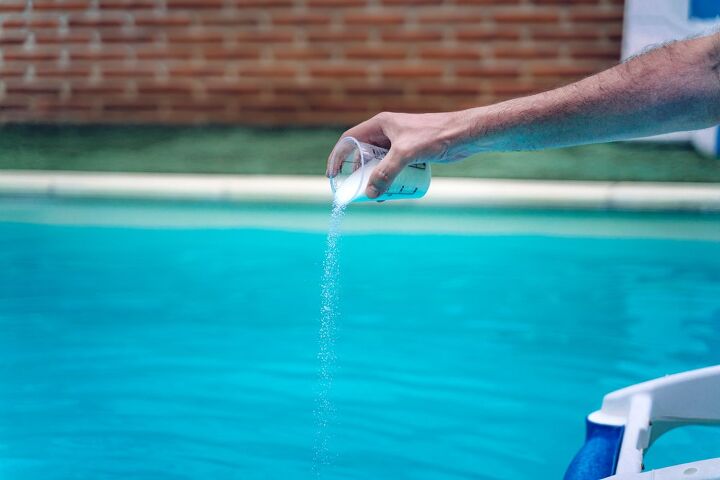
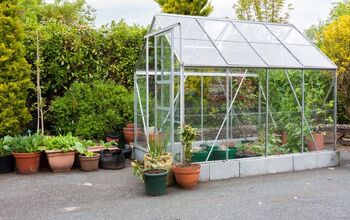





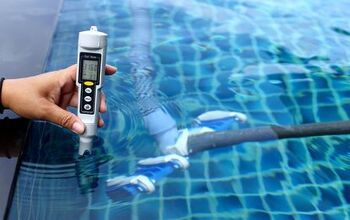
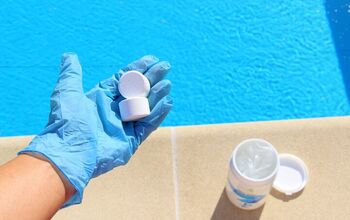
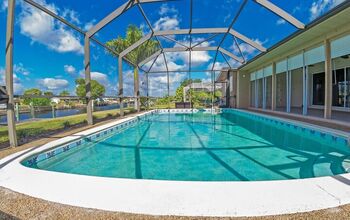
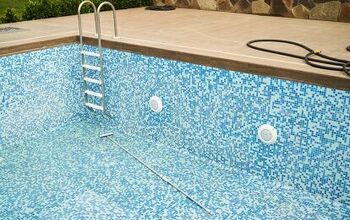
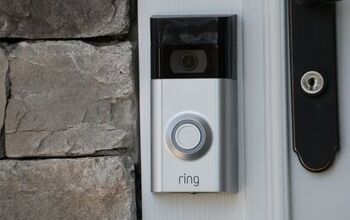
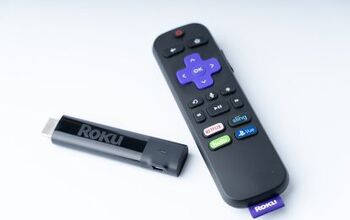
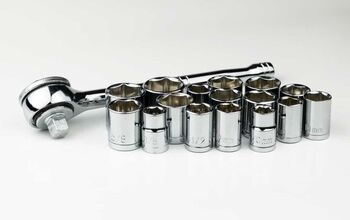
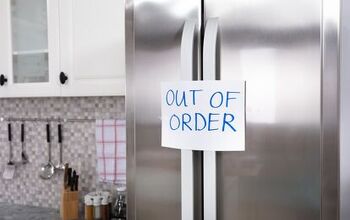
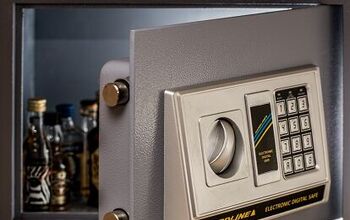
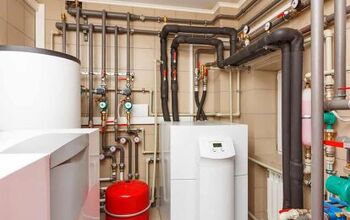

![Cost To Drill A Well [Pricing Per Foot & Cost By State]](https://cdn-fastly.upgradedhome.com/media/2023/07/31/9074980/cost-to-drill-a-well-pricing-per-foot-cost-by-state.jpg?size=350x220)

